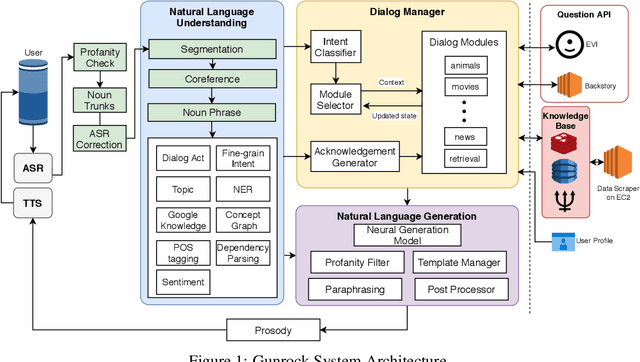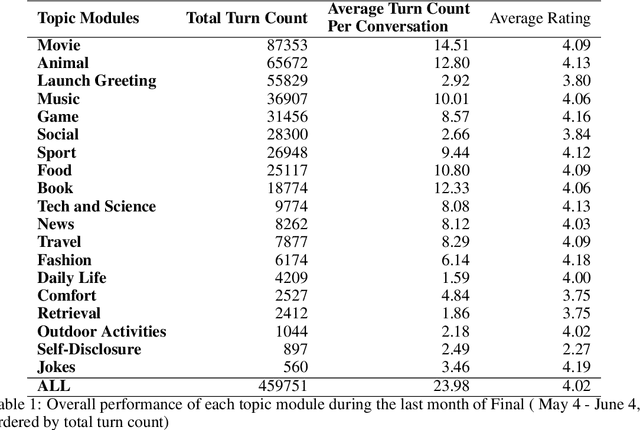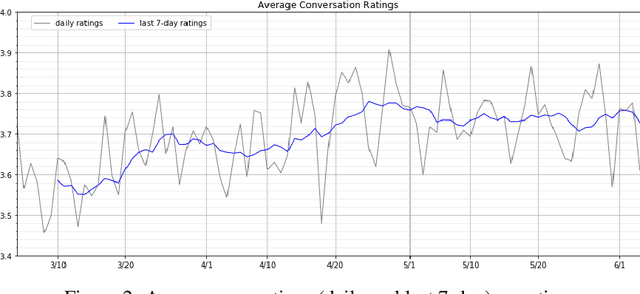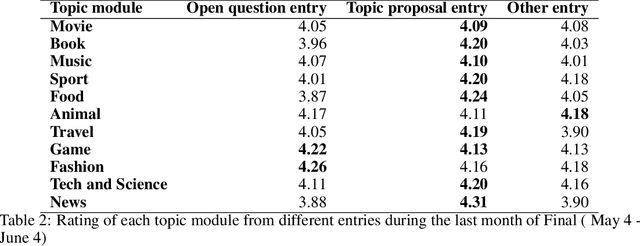Ishan Jain
Online Detection of AI-Generated Images
Oct 23, 2023Abstract:With advancements in AI-generated images coming on a continuous basis, it is increasingly difficult to distinguish traditionally-sourced images (e.g., photos, artwork) from AI-generated ones. Previous detection methods study the generalization from a single generator to another in isolation. However, in reality, new generators are released on a streaming basis. We study generalization in this setting, training on N models and testing on the next (N+k), following the historical release dates of well-known generation methods. Furthermore, images increasingly consist of both real and generated components, for example through image inpainting. Thus, we extend this approach to pixel prediction, demonstrating strong performance using automatically-generated inpainted data. In addition, for settings where commercial models are not publicly available for automatic data generation, we evaluate if pixel detectors can be trained solely on whole synthetic images.
Gunrock 2.0: A User Adaptive Social Conversational System
Nov 30, 2020



Abstract:Gunrock 2.0 is built on top of Gunrock with an emphasis on user adaptation. Gunrock 2.0 combines various neural natural language understanding modules, including named entity detection, linking, and dialog act prediction, to improve user understanding. Its dialog management is a hierarchical model that handles various topics, such as movies, music, and sports. The system-level dialog manager can handle question detection, acknowledgment, error handling, and additional functions, making downstream modules much easier to design and implement. The dialog manager also adapts its topic selection to accommodate different users' profile information, such as inferred gender and personality. The generation model is a mix of templates and neural generation models. Gunrock 2.0 is able to achieve an average rating of 3.73 at its latest build from May 29th to June 4th.
 Add to Chrome
Add to Chrome Add to Firefox
Add to Firefox Add to Edge
Add to Edge